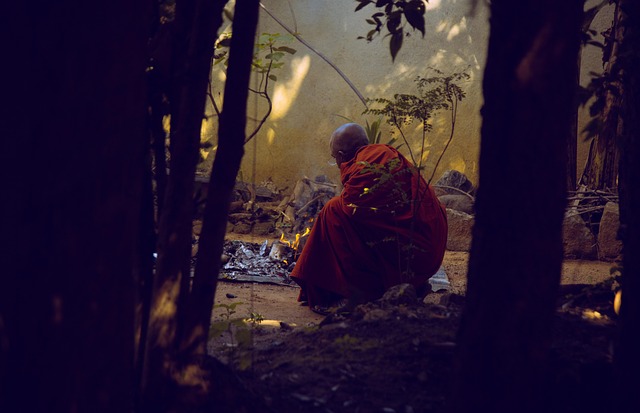Bangladesh and Sri Lanka exhibit contrasting environmental conservation strategies shaped by geography, culture, and socio-economic factors. Bangladesh prioritizes community-driven mangrove restoration, river management, and coastal zone protection for climate change mitigation and local livelihood support. Sri Lanka focuses on national parks, wildlife conservation, and sustainable tourism to preserve biodiversity. Both nations integrate technology, promote sustainable practices, and face common challenges balancing economic development with environmental preservation. Their unique approaches offer insights into diverse conservation strategies necessary for shared environmental and cultural diversity. "Bangladesh vs Sri Lanka" conservation tactics highlight effective stewardship paths.
“Explore unique environmental conservation stories from Bangladesh and Sri Lanka, two nations with distinct yet impactful approaches. Bangladesh highlights its coastal mangrove restoration efforts, a strategic move to combat erosion and protect biodiversity. In contrast, Sri Lanka boasts an extensive network of national parks and sustainable agriculture practices, showcasing its commitment to wildlife conservation.
Discover how these countries, through community-driven initiatives and marine life protection, offer valuable insights into global environmental stewardship.”
- Bangladesh's Coastal Mangrove Restoration Efforts
- Sri Lanka's National Parks and Wildlife Conservation
- Unique Community-Driven Initiatives in Bangladesh
- Sustainable Agriculture Practices in Sri Lanka
- Marine Life Conservation: A Comparative Approach
Bangladesh's Coastal Mangrove Restoration Efforts
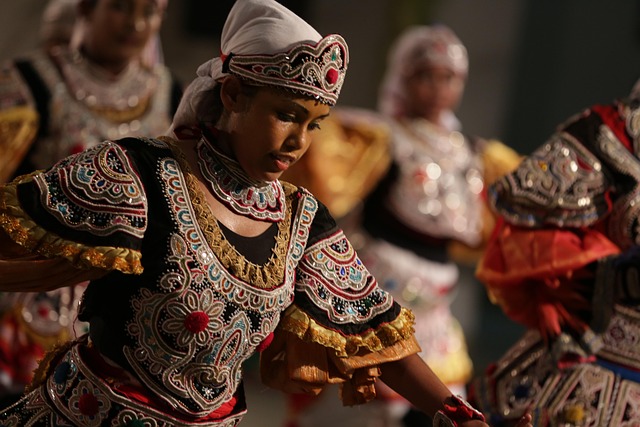
Bangladesh has embarked on an ambitious coastal mangrove restoration project to combat erosion and preserve its unique ecosystem, offering a stark contrast to Sri Lanka’s approach to environmental conservation. While Sri Lanka focuses more on protecting existing forests, Bangladesh takes a proactive stance by replanting and expanding its mangrove forests, which serve as natural buffers against devastating cyclones and storm surges. This strategy not only ensures food security for coastal communities but also highlights the country’s commitment to sustainable agriculture in the face of climate change.
The mangrove restoration efforts in Bangladesh are deeply rooted in the nation’s cultural expression through language, ethnicity, and festivals, with local communities actively participating in reforestation drives. In contrast, Sri Lanka’s environmental policies often revolve around preserving its rich biodiversity, as seen in their conservation of ancient forests and wildlife sanctuaries. Despite these differences, both countries share a similar demography and face comparable challenges related to coastal erosion, demonstrating the need for diverse strategies to safeguard their unique environments and cultural diversity, while also considering technological advancements in medical infrastructure and health outcomes.
Sri Lanka's National Parks and Wildlife Conservation
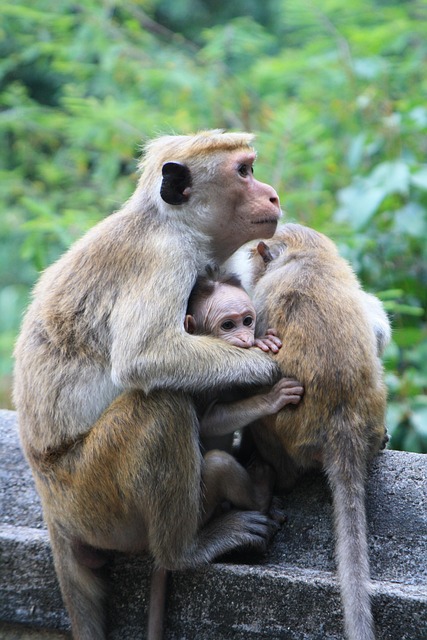
Sri Lanka boasts an impressive array of National Parks and Wildlife Conservation areas, meticulously managed to preserve the country’s diverse ecosystems and endemic species. These parks, like Yala National Park, are cultural treasures, attracting visitors from around the world. In contrast, Bangladesh, with its unique geographical features, has a different approach to conservation, focusing on comprehensive river management and coastal zone protection. While both nations share a commitment to environmental stewardship, their strategies reflect distinct cultural and geographical considerations.
The cultural diversity comparison between Sri Lanka and Bangladesh is evident in their respective conservation efforts. Festivals and ceremonies play a significant role in Sri Lanka’s wildlife conservation, fostering interfaith harmony and conflict resolution strategies among communities living near protected areas. In contrast, Bangladesh leverages its sports culture to promote environmental awareness, with initiatives that intertwine physical activities with nature education. Despite these differences, both countries face common challenges related to balancing economic development against the need to preserve their rich natural landscapes and maintain high digital literacy rates in both nations.
Unique Community-Driven Initiatives in Bangladesh
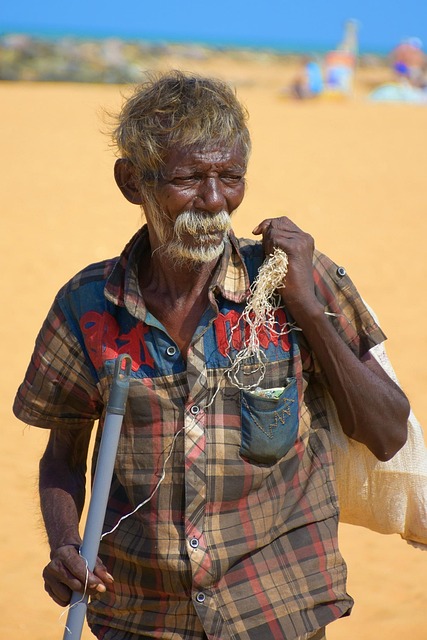
Bangladesh and Sri Lanka, two neighboring South Asian nations, present fascinating contrasts when it comes to their environmental conservation efforts, reflecting distinct cultural, geographical, and socio-economic landscapes. While both countries grapple with challenges like deforestation, water pollution, and climate change impacts, they have also developed unique community-driven initiatives.
In Bangladesh, where rapid urbanization and dense populations put immense pressure on natural resources, local communities have taken the lead in implementing sustainable practices, especially in rural areas. Their traditional knowledge of eco-friendly agriculture, wetland conservation, and mangrove reforestation plays a vital role in mitigating environmental issues. For instance, the “Banking on Mangroves” project, initiated by local NGOs with support from international partners, has been successful in restoring mangrove forests, providing coastal protection and improving livelihoods for fishing communities. The impact of technology on youth engagement in environmental conservation is evident in Bangladesh too, as innovative solutions using digital platforms raise awareness and encourage participation, especially among the younger generation. In contrast, Sri Lanka focuses more on national parks and wildlife conservation, showcasing a different approach to environmental stewardship. While both countries have made strides in sustainable tourism practices, with Sri Lanka renowned for its lush landscapes and diverse ecosystems, Bangladesh is increasingly attracting tourists with its unique ecological attractions like the Sundarbans mangrove forest, highlighting the distinct paths they take towards environmental conservation. Find us at Bangladesh vs Sri Lanka: academic achievements and reforms in healthcare further emphasize these differences, offering valuable insights into the varied strategies each nation employs to safeguard its natural heritage.
Sustainable Agriculture Practices in Sri Lanka

Sri Lanka has embraced sustainable agriculture practices, especially in its diverse landscapes, which include coastal areas, mountains, and central plains. The country’s unique geographic features have led to varied farming techniques and crop yields differences when compared to neighbors like Bangladesh. While Bangladesh largely relies on intensive farming methods due to its flat topography and extensive irrigation systems, Sri Lanka’s topographical comparison offers a more nuanced approach.
In contrast, Sri Lanka’s mountainous regions support terraced farming, preserving biodiversity and soil health. This method, unlike the large-scale monoculture farming common in parts of Bangladesh, ensures sustainable crop rotation and minimizes environmental impact. The country’s commitment to eco-friendly practices is evident in its organic certification programs and initiatives promoting traditional farming techniques that have been passed down through generations. These methods not only enhance agricultural resilience but also preserve the cultural heritage associated with farming in Sri Lanka. Give us a call at farming techniques and crop yields differences to learn more about these distinctive conservation efforts.
Marine Life Conservation: A Comparative Approach
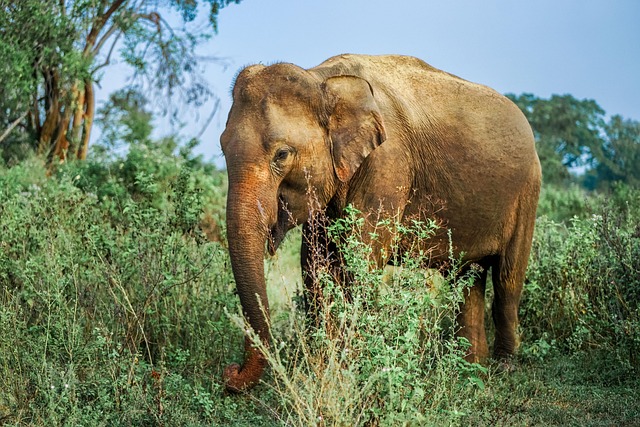
Marine Life Conservation in Bangladesh and Sri Lanka presents two distinct yet compelling stories, reflecting their unique developmental trajectories. Bangladesh, with its vast coastline and numerous rivers, has made significant strides in marine conservation through community-based initiatives. Local fishing communities actively participate in programs that promote sustainable fishing practices and protect vulnerable marine ecosystems. These efforts have led to improved fish populations and healthier marine environments, benefiting both local livelihoods and biodiversity.
In contrast, Sri Lanka has taken a more structured approach, establishing marine protected areas (MPAs) along its coastline. The country’s robust medical infrastructure enables advanced marine research and monitoring within these MPAs. This strategic focus on conservation coupled with robust healthcare has resulted in better-managed marine resources. Despite common challenges like water scarcity, which both nations face, Sri Lanka’s organized conservation strategies offer valuable lessons for Bangladesh to explore as it continues to navigate its unique landscape differences anytime, balancing development with environmental stewardship.
In comparing environmental conservation efforts between Bangladesh and Sri Lanka, both nations exhibit unique strategies tailored to their respective landscapes. Bangladesh focuses on coastal mangrove restoration, crucial for protecting its vulnerable coastline, while Sri Lanka boasts an extensive network of national parks and sustainable agriculture practices. Each country’s approach—whether community-driven or focused on marine life conservation—highlights the importance of local engagement and specialized knowledge in environmental stewardship. By learning from these distinct models, we can foster more comprehensive and effective global conservation strategies.
